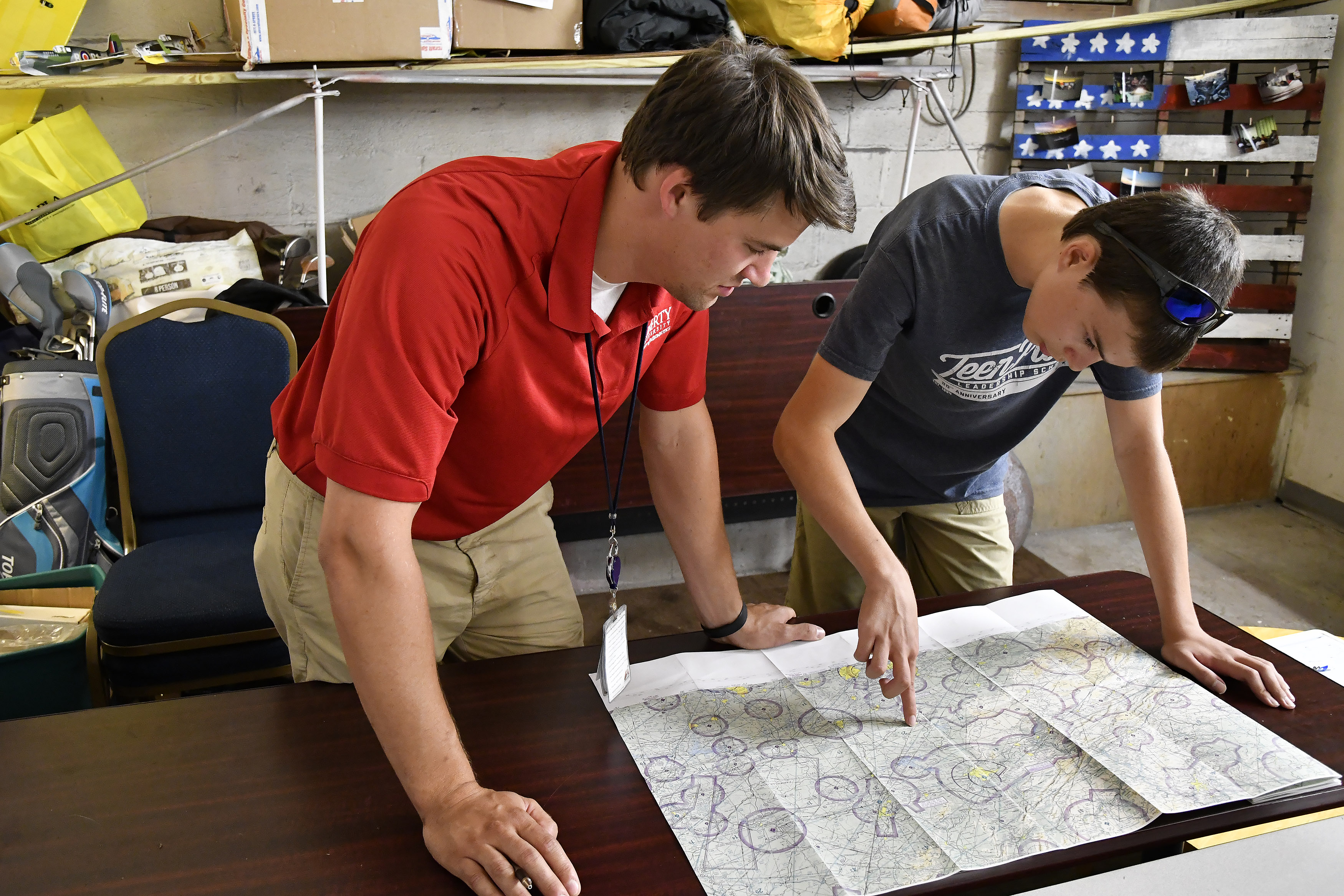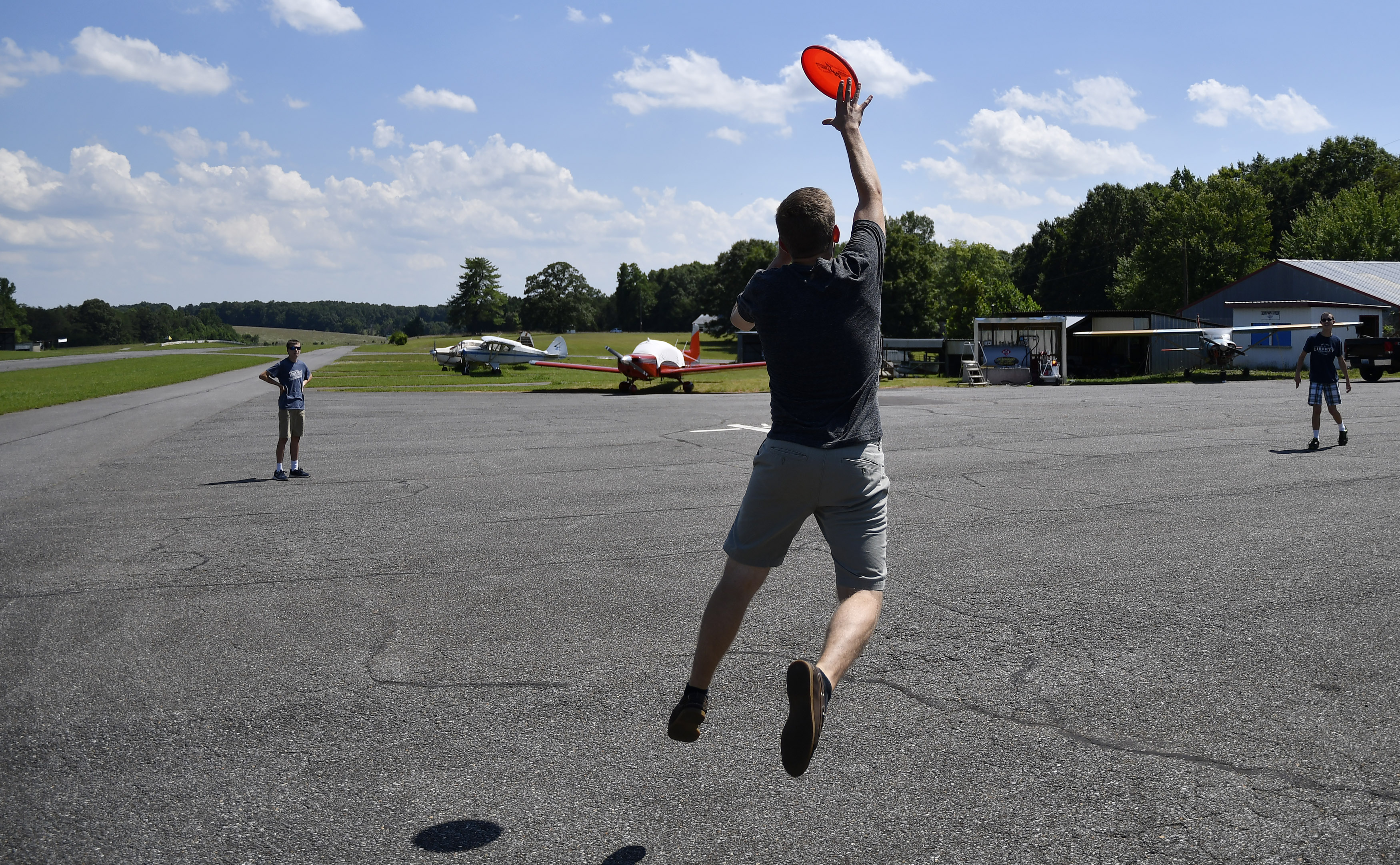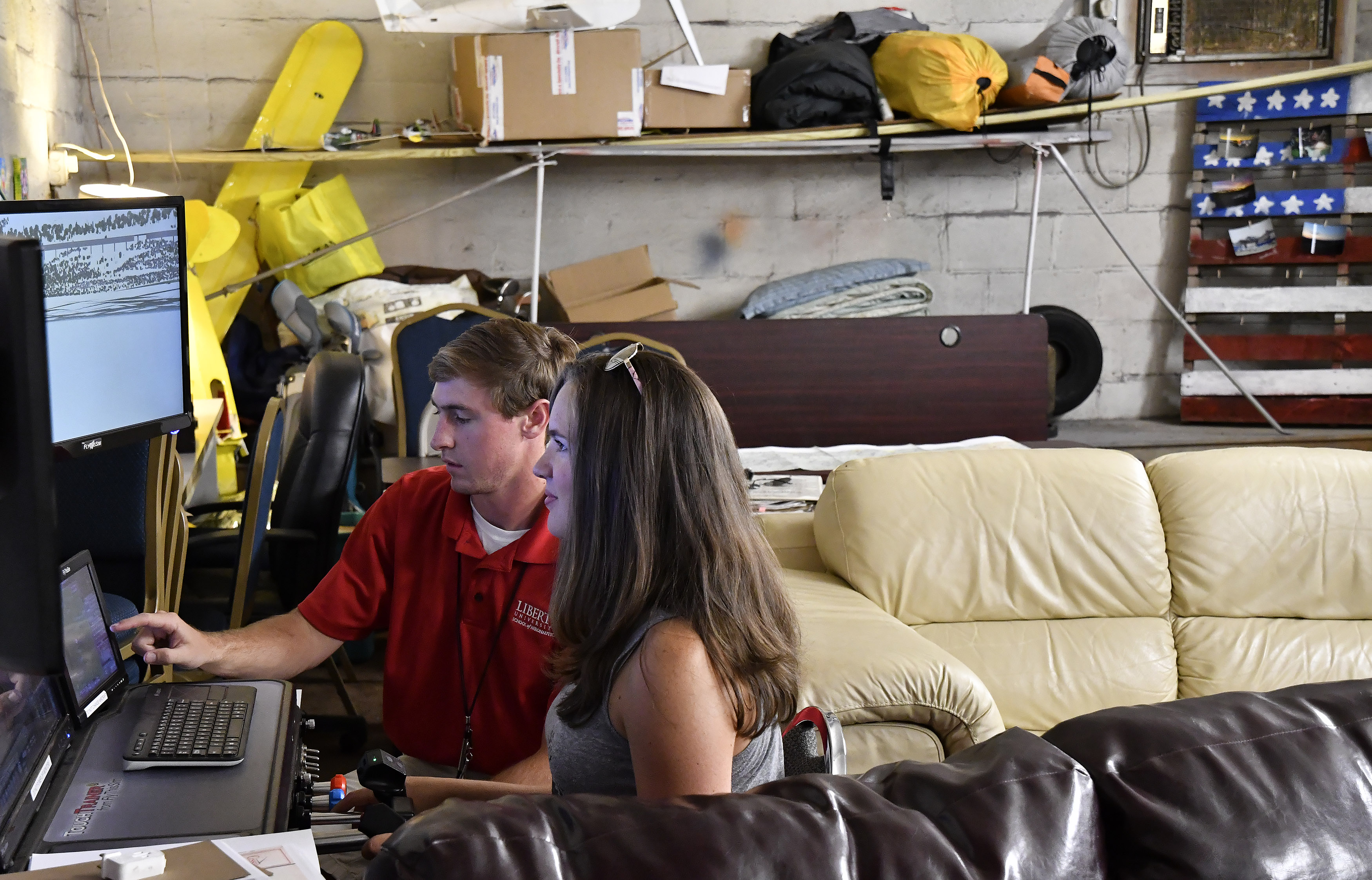Liberty launches high school private pilot course
Six students plan to earn certificates in 30 days
Six high school students took turns strapping themselves into the left seat of Cessna 150s at Liberty University with their minds set on acquiring a private pilot certificate in about 30 days. The Virginia college known for its aeronautical programs and spiritual background rolled out an ambitious private pilot course in mid-June for campers who had completed the college’s New Horizons Solo Camp.
Students previously wrote two $500 checks for their solo camp—and if they accomplished their solo flights in less than 10 hours, the school ripped up one of the checks.
The program for young aviators is on track to solo 17 additional students before the end of August while preparing students who have completed the solo camp for their checkrides.

The private pilot camp is offered at $1,600—which is a bargain in today’s aviation environment. The university estimated aircraft expenses and instructors’ times at an additional $3,400 and covered the difference, explained Jim Molloy, the Christian university’s dean of aeronautics. He and Tony Cihak, Liberty’s flight operations director, said the incentive will deplete the school’s $50,000 donor fund, but it’s designed to prove a point.
“Instead of saying this is what we’d like to do, we’ll say ‘This is what we did,’” emphasized Molloy.
Cihak’s son Joel is one of a half dozen students juggling their schedules with those of the aircraft and a cadre of red-shirted Liberty University flight instructors to prove that the mission can be accomplished. “We spent the first three or four days knocking the rust off,” said Cihak, “and now we’re taking them and rapidly moving through the private pilot training regimen.”

Chris Cartwright, a good-natured instructor who dishes out equal measures of encouragement and enthusiasm, is the program’s outreach coordinator. His unenviable task is to nail down the correct mix of schedules that keeps the programs moving forward while dodging curveballs thrown by unpredictable southern Appalachian weather and aging Cessna two-seaters.
Students and instructors took it all in stride on a recent July afternoon when one of the Cessna Commuters was down for the duration with an engine overhaul and a balky voltage regulator sidelined the other aircraft.
Instead of throwing in the towel, the handful of high schoolers threw a Frisbee on the ramp at the school’s New London Airport outpost, a 3,164-foot-long downsloping country airstrip with the look and feel of yesteryear.
An aircraft paint booth converted into a classroom houses a FlyThisSim training device and a half dozen couches. The aviation action film Top Gun was recently shown in the clubby atmosphere adjacent to a Fuji LM-1 warbird owned by airport manager Phil McLanahan.

“We leverage the law of intensity and recency,” said Molloy. “We keep them fresh and they fly every day” rather than a more typical path of one or two lessons per week “where you take three steps forward and two steps back.”
AOPA has recognized the importance of growing the pilot population and the association put several programs in place to ensure a robust future for aviators. The goal of AOPA’s You Can Fly High School Initiative is to help build and sustain aviation-based science, technology, engineering, and math (STEM) programs and provide a quality workforce to the aviation industry.
Cartwright said Boyer will likely be the first of the original six to schedule her checkride, and she was confident she would pass. Prior to embarking on a cross-country flight from Lynchburg to Martinsville to Shenandoah, Boyer practiced communication procedures with her instructor, who pretended to be an air traffic controller. During the real thing, she “had a blast,” said Boyer, who added that her favorite parts of preparation were “doing shorts and softs because it’s different and it’s just fun.”

Fellow student Matthew Bell wasn’t too far behind Boyer in the flight-hours department, and he complimented the school for the "amazing opportunity” that it afforded him. With his checkride rapidly approaching, Bell said his landings still felt more like arrivals, but he wasn’t discouraged. “I think it’s an art more than anything else,” Bell acknowledged. “I’ve landed now over 100 times and it’s still a bit tricky.”
Students Dalton Joyce, Zechariah Pratt, and Timothy Cashman rounded out the private pilot camp crew. Solo camper Nick Muncey from the 2016 “Liberty Six” group had independently earned his private pilot certificate and stopped by the airfield in a friend’s Cessna 150 to give Joyce a lift and a bit of encouragement.
Molloy said the next phase of the program was to offer the private pilot course in the fall and again in the spring of 2018 for solo campers from the summer program. He said future New Horizons camps hoped to target “underrepresented groups in partnership with local high schools” to open a door to aviation as a career and as a lifestyle.
Before she flipped the flying disk back to Cashman, Boyer reflected on the 30-day private pilot camp.
“When you are flying, you can go anywhere," she said. "It’s the start of an adventure every time you go out.”




